Rising Cyber Threats
The Patch Management Market is experiencing heightened demand due to the increasing frequency and sophistication of cyber threats. Organizations are compelled to adopt robust patch management solutions to safeguard their systems against vulnerabilities. In 2025, it is estimated that cybercrime will cost businesses over 10 trillion dollars annually, underscoring the urgency for effective patch management. As cyber threats evolve, the need for timely updates and patches becomes paramount, driving organizations to invest in comprehensive patch management strategies. This trend indicates a growing recognition of the importance of proactive security measures, which is likely to shape the future landscape of the Patch Management Market.
Adoption of Cloud Technologies
The transition to cloud-based solutions is significantly influencing the Patch Management Market. As organizations increasingly migrate their operations to the cloud, the complexity of managing patches across diverse environments escalates. In 2025, it is projected that over 80% of enterprises will utilize cloud services, necessitating advanced patch management tools that can seamlessly integrate with cloud infrastructures. This shift not only enhances operational efficiency but also introduces new challenges in maintaining security across multiple platforms. Consequently, the demand for innovative patch management solutions that cater to cloud environments is expected to surge, reflecting the evolving dynamics of the Patch Management Market.
Regulatory Compliance Pressures
The Patch Management Market is significantly influenced by the growing emphasis on regulatory compliance across various sectors. Organizations are increasingly required to adhere to stringent regulations that mandate timely updates and vulnerability management. In 2025, it is anticipated that compliance-related fines could exceed 5 billion dollars, prompting businesses to prioritize effective patch management strategies. This regulatory landscape compels organizations to implement comprehensive patch management solutions to mitigate risks associated with non-compliance. As a result, the demand for patch management tools that facilitate compliance with industry standards is likely to rise, shaping the future trajectory of the Patch Management Market.
Integration of Artificial Intelligence
The integration of artificial intelligence (AI) into patch management processes is emerging as a transformative trend within the Patch Management Market. AI technologies enable organizations to automate the identification and deployment of patches, thereby enhancing efficiency and reducing human error. In 2025, it is projected that AI-driven solutions will account for a significant portion of the patch management market, as organizations seek to streamline their operations. This technological advancement not only accelerates the patching process but also improves the overall security posture of organizations. Consequently, the adoption of AI in patch management is likely to reshape the competitive landscape of the Patch Management Market.
Increased Awareness of IT Asset Management
The growing awareness of IT asset management is driving the Patch Management Market as organizations recognize the importance of maintaining an inventory of their software and hardware assets. Effective patch management relies on accurate asset tracking to ensure that all systems are up-to-date and secure. In 2025, it is estimated that organizations with robust IT asset management practices will experience a 30% reduction in security incidents. This realization is prompting businesses to invest in comprehensive patch management solutions that integrate seamlessly with their asset management systems. As a result, the demand for patch management tools that enhance visibility and control over IT assets is expected to rise, influencing the future direction of the Patch Management Market.


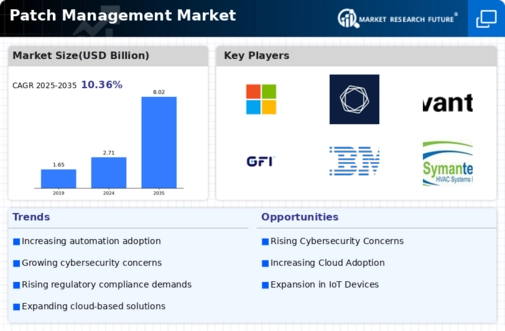
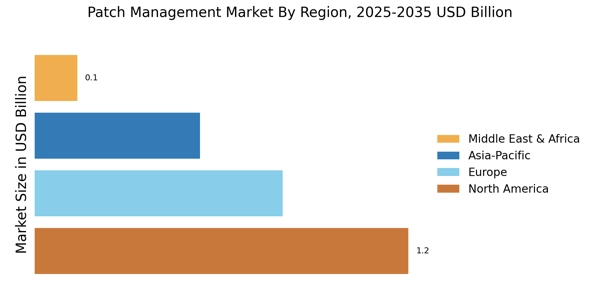

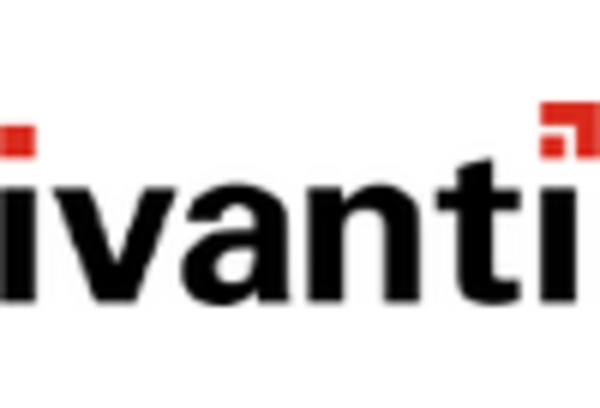
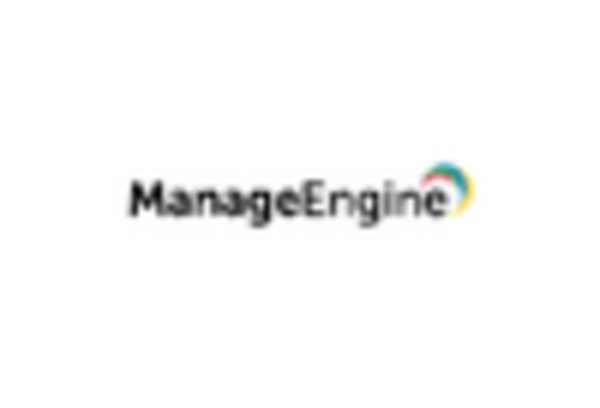

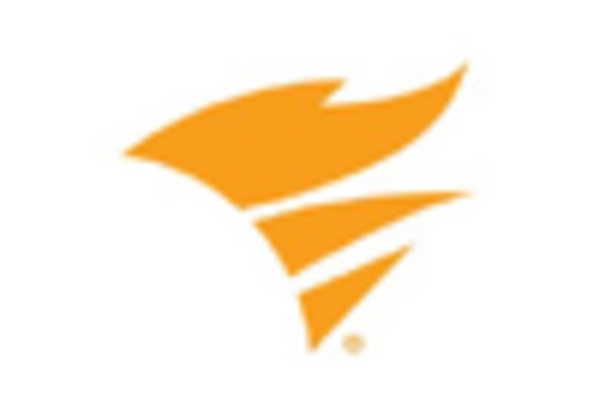









Leave a Comment